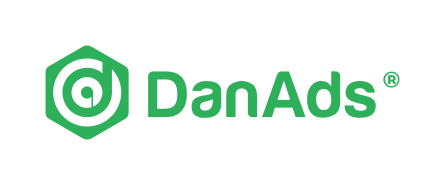Reputation means everything
There’s a scene in the excellent Norwegian thriller Headhunters in which the protagonist explains the importance of reputation. Describing a painting by Julian Opie, he says: “Can you see what it’s worth just by looking at it? This consists of circles and lines. Monotone coloring, without texture. The thing that makes it worth a quarter of a million, is the artist’s name … The answer begins with “R”. Reputation.” It’s an observation with numerous applications, not least in the world of branding and advertising. How does the prospective consumer distinguish between a multitude of competing products or services? What tells them if the brand shares their values or opposes them? One thing: reputation.
Brand safety is more important than ever
Preserving the reputation of a company while advertising online – a vital exercise – has become known as brand safety. One of the ways in which a reputation can be tarnished is negative association; a man is known by the company he keeps, as the old proverb goes. A study in 2018 found that 41% of US respondents listed brand safety as one of the issues posing the greatest threat to their marketing. Why is this such a huge issue?
Advertising online always carries a risk of negative association
Online advertising began in earnest in the 1990s. By 2016 it had surpassed both cable and broadcast television in revenue and continues to eat away at the remaining market share held by old media (print, radio, television). Of course, the internet is a very different beast from these other forms of media: less controlled, and much less predictable. Placing an advert in a broadsheet newspaper is unlikely to garner too much negative publicity for the brand. Placing an advert on YouTube that ends up playing before a video linked to child exploitation; that’s another matter entirely.
Premium publishers can be a safer bet than user-generated content platforms
Avoiding online advertising as a whole isn’t a realistic option, so advertisers need to find ways to preserve brand safety while still reaching their target audience. The problem is that two of the biggest online advertiser platforms – Facebook and YouTube – are built on user-generated content. That means very little control over what gets posted, even though both companies employ small armies of content moderators. As a result it is very difficult for them to guarantee brand safety.
Thankfully, Big Tech are not the only digital publishers selling ad space. Some trusted publishers and major global brands have successfully navigated the transition to digital, and opened themselves up to advertisers of all sizes. From respected editorials to born-digital publishers like Tripadvisor or SoundCloud, there exists a plethora of brand-safe options for your business. This is worth considering, given that new research has confirmed that ads perform better in quality contexts. Findings showed that premium digital inventory running across quality content brands outperformed the benchmark by between 13% and 144%.
You can still place an advert in the newspaper or magazine, but now you can do it yourself in their online platform. That means far shorter turnaround times, 24/7 support, and the ability to test, tweak and change ad campaigns in real time.
For a list of brand-safe online publications offering self-serve advertising, click here. Your reputation may depend on it.







